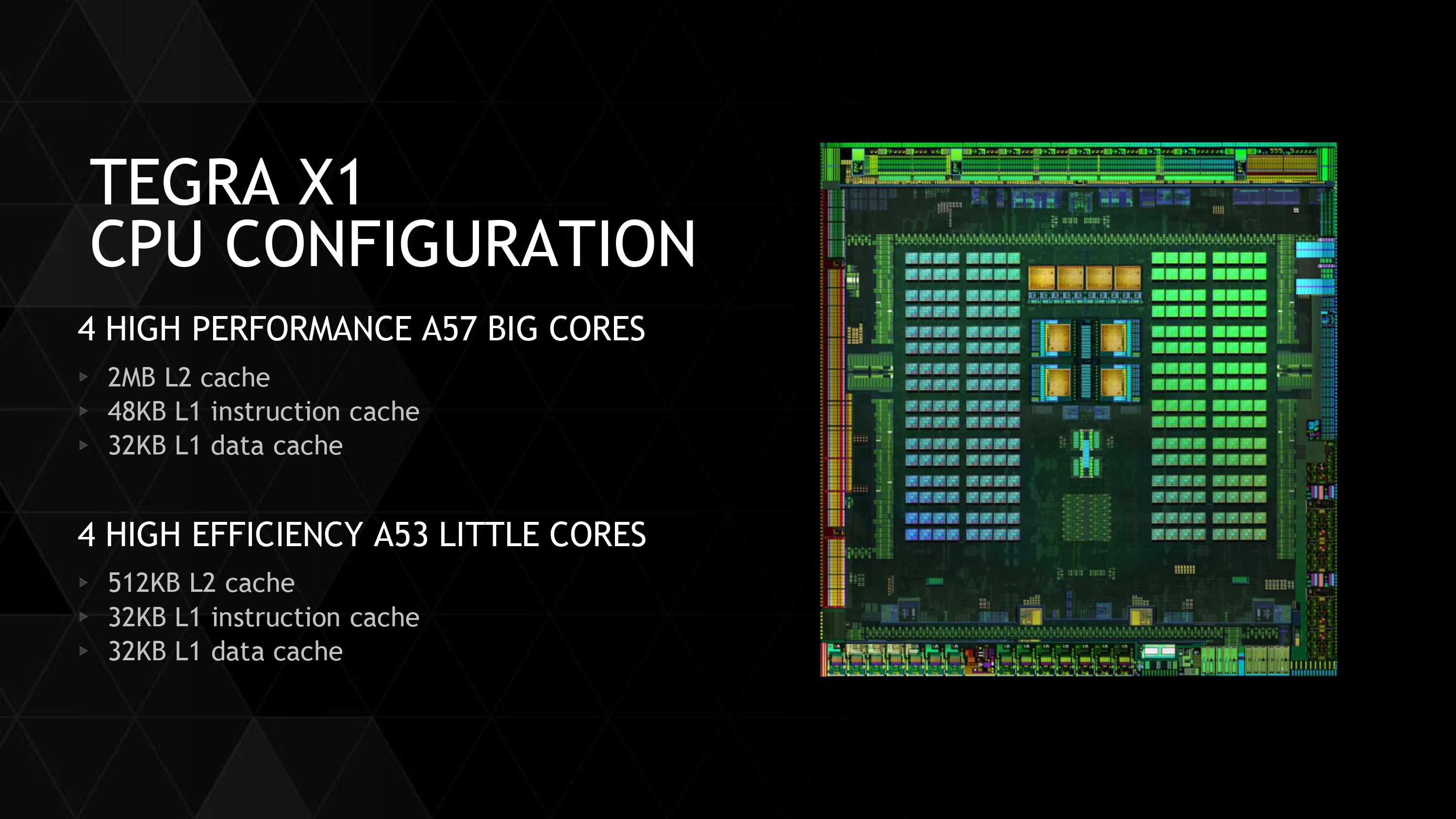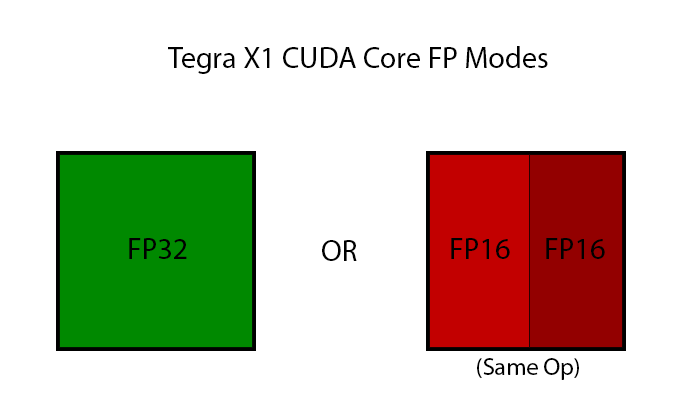I don't think this is real (or, more accurately, I don't think it's a benchmark of the Switch hardware), but it's kind of interesting to try to figure out what it
is.
There is a GPU benchmark named Julia (as it draws a Julia fractal) which runs on OpenGL and exists in both FP32 and FP64 versions (more details
here), so it's likely that this is the benchmark being run. It reports results in FPS, although it doesn't report any measure of Gflops (there could be a separate simple FMA benchmark also included in the script for that, though).
The benchmark results, though, don't in any way match up to what Switch could do. The screenshot reports 806 fps in docked mode, however
even a GTX 1070 only scores about 30% higher than that. In theory they could be running at a lower resolution (standard seems to be 1080p), but it would have to be a ludicrously low resolution for the results to make sense.
The Gflops reported are a little confusing. If it's a FMA (fused multiply-add) benchmark then you wouldn't expect numbers to quite hit the theoretical peak of the hardware, so I wouldn't necessarily expect nice round power-of-two results. It could also include both CPU and GPU benchmarks. However, it still doesn't really make any sense either from what we know of the Switch hardware, or from the reported Julia results. A 2 SM Maxwell/Pascal GPU at 1005MHz would have a theoretical maximum capability of 515 Gflops, and as far as I'm aware a quad-A57 at 2143MHz would have a theoretical maximum of 137 Gflops (although I'm open to correction on this). It simply wouldn't be possible for the two combined to hit 875 Gflops.
The Gflops also don't make sense when compared to the Julia benchmark results. To get 800fps in that test you'd expect a card somewhere in the 4-5Tflops range, not 875Gflops. Again I suppose you could run the test at 640x480 or something like that, but I can't imagine why someone would set up a benchmark to run at such a low resolution.
The temp differences between idle and load actually make some degree of sense (CPU goes from ~29C to ~56C and GPU from 17C to 65C, it's the battery which only goes up from 21C to 32C). What confuses me is why the temperatures of the CPU and GPU are so different. If they're on the same die we'd expect only a couple of degrees difference, yet we're seeing 10+ degrees, which isn't something you'd see on an SoC. I suspect that the actual device they're testing (whatever it is) has a discrete GPU.
In theory the CPU cores could be split up into separate clusters, but it wouldn't seem to make much sense to do so for Switch, and if they were you would expect cores 0 & 1 and then cores 2 & 3 to be grouped together, not 0 grouped with 3 and 1 with 2.




